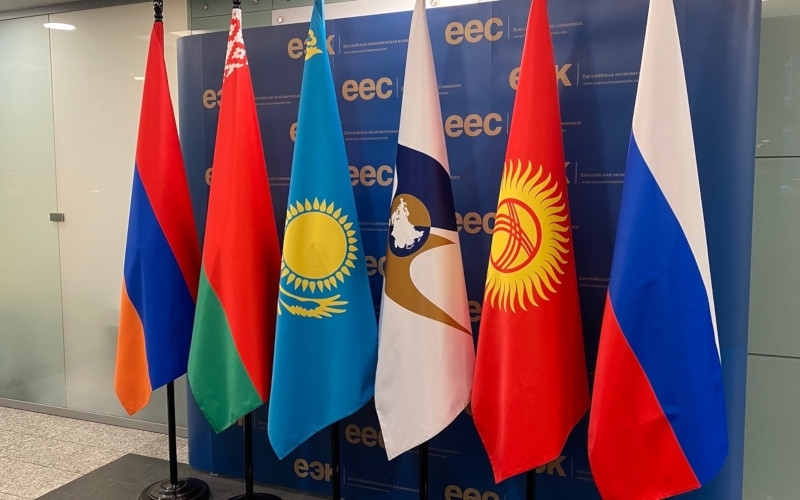
The Eurasian Economic Commission and public associations will work together on the development areas of Eurasian integration within the EEU Strategy until 2025. This is stated in a document published on the Legal Portal of the Eurasian Economic Union.
So, in order to increase the efficiency and openness of the EEC, the EEU Strategy until 2025 provides for ensuring wide access of the population to information about the EEU, as well as “broad involvement of citizens, public associations and business communities of the Member States in the EEU and their participation in determining further development areas of Eurasian integration”.
Remind, on December 14, a working meeting with the leadership of the Assembly took place at the EEC headquarters in Moscow. At the meeting, “it was noted that possible cooperation could develop within the implementation of the provisions of the Strategic Directions for the Development of Eurasian Economic Integration until 2025”.
The adoption of the EEU Development Strategy until 2025 has already been called a historic event. As they note in the EEC, the document will make it possible to switch to specific mechanisms for integration and resolve many issues in a new way. “11 areas of integration development, 332 mechanisms determine what, who and when to do. This is a huge job for the Commission, and we look forward to coordinated work with the governments of the EEU member States. Of course, sovereign national interests must also be taken into account; no one is going to dominate. This is the strength of our document and the strength of our integration”, - the Chairman of the EEC Mikhail Myasnikovich told Belteleradio.
The work will be aimed at deepening interaction with international organizations and analytical centres in the global economy, as well as obtaining the EEU observer status at the UN General Assembly without a representative office.
In addition, the implementation of the strategy presupposes the conduct of coordinated work on the integration processes in the Eurasian space in terms of economic interaction within the idea of the Greater Eurasian Partnership. In particular, “positioning the EEU as one of the centres for the formation of the integration contour of the Greater Eurasian Partnership by pairing it with the Chinese “Belt and Road Initiative” (BRI), strengthening interaction with the Shanghai Cooperation Organization (SCO), the Association of Southeast Asian Nations (ASEAN), establishing a dialogue with the European Union (EU) and other multilateral associations and states of Asia and Europe”.


